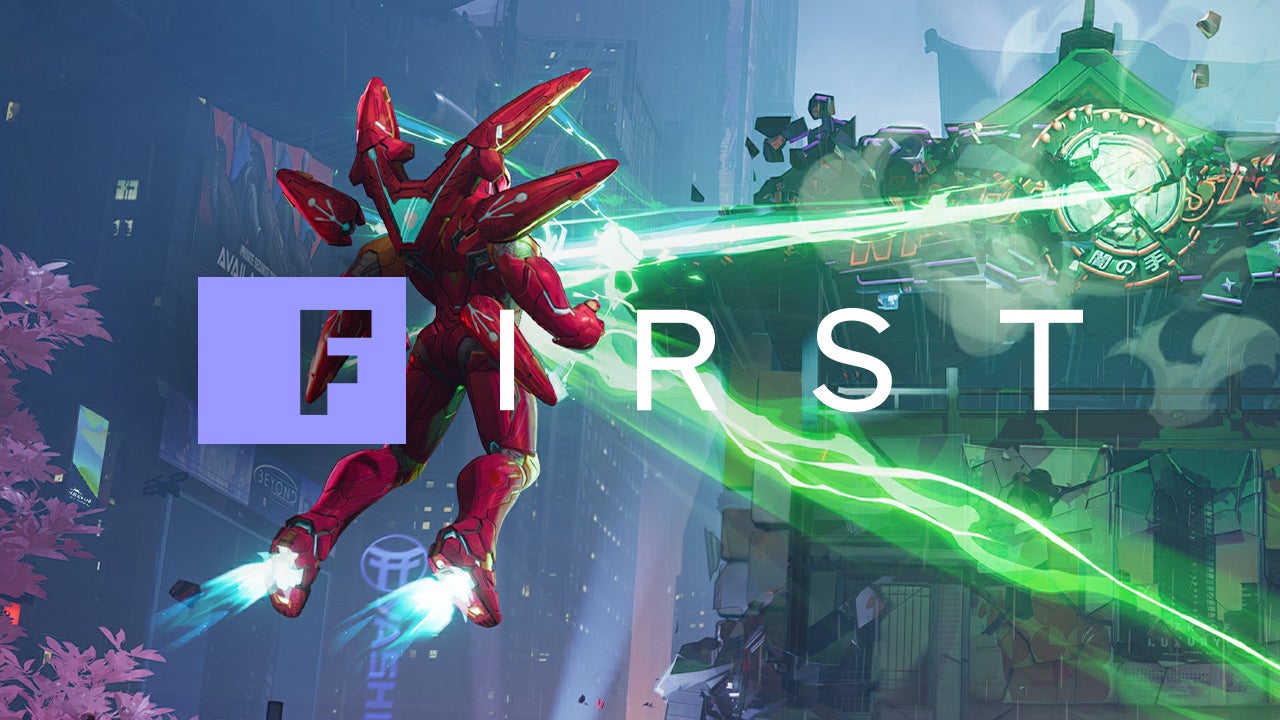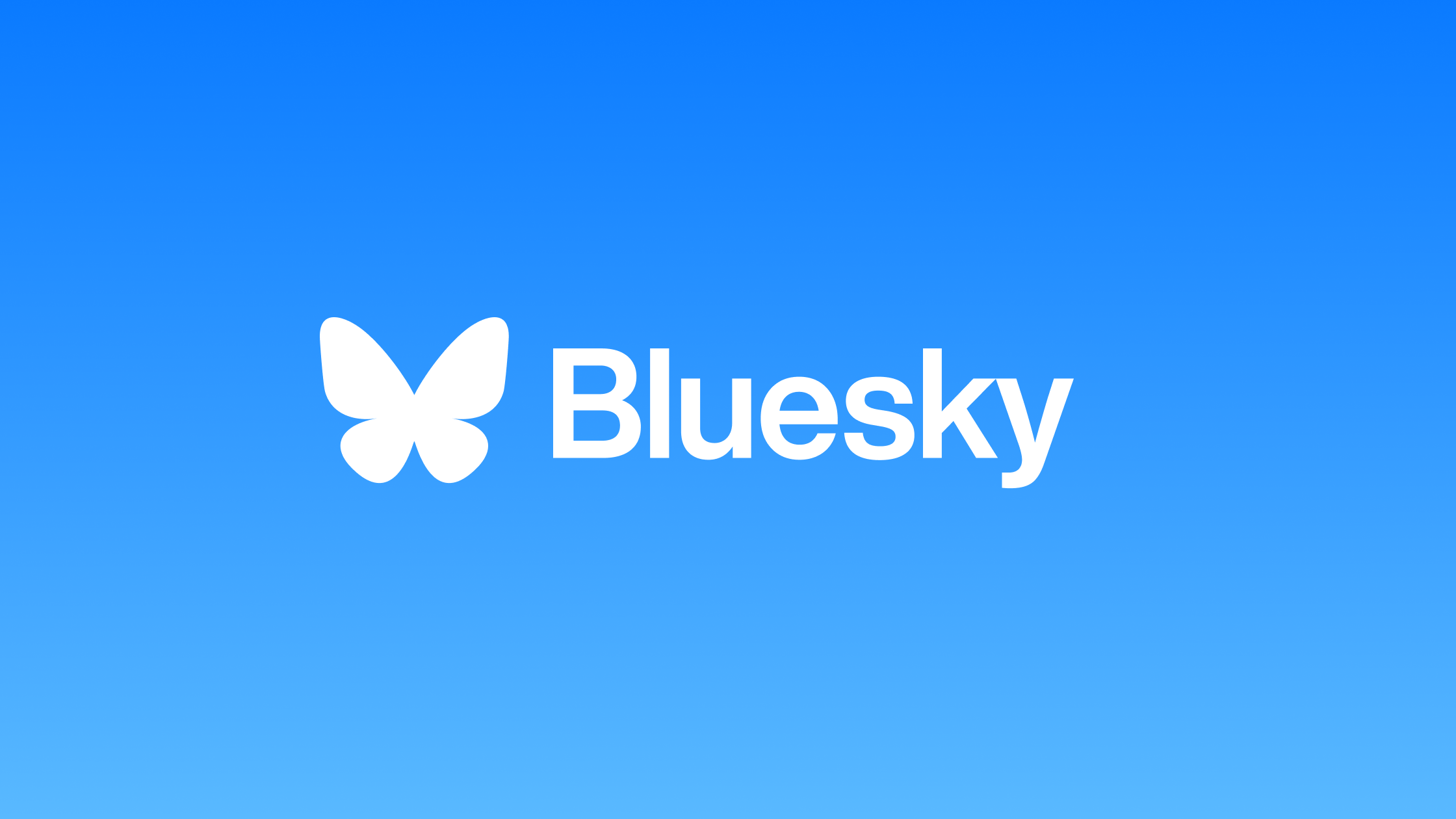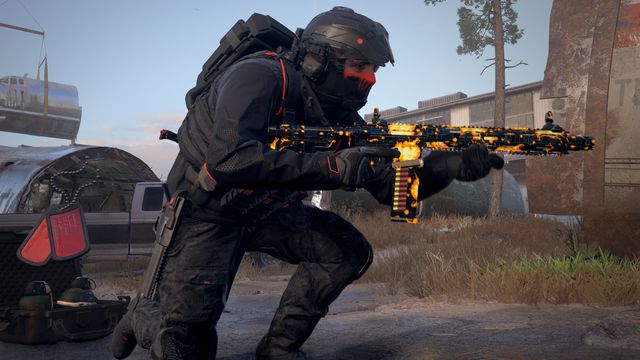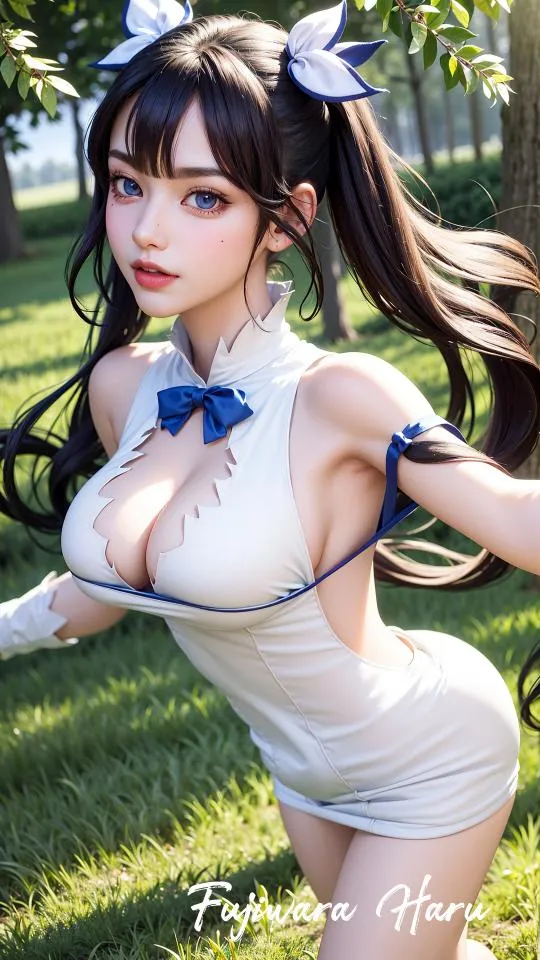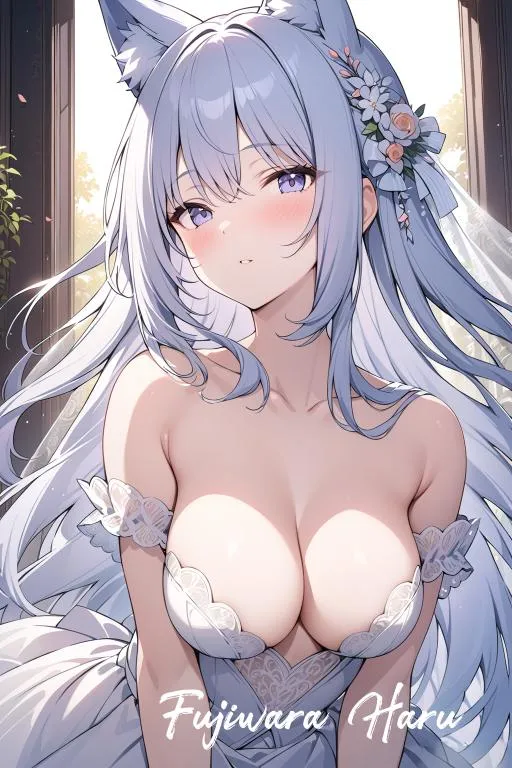[Editor's note: Thank you to the team at IGN China for conducting this interview. It has been translated into English.]
When it comes to reflecting the characteristics of "Marvel Heroes" in-game and making Marvel Rivals stand out among other hero-based PvP games on the market, recreating their signature appearances and actions are of course important, but so is coming up with recognizable features in terms of both gameplay and character characteristics, as this is what will leave a deep impression on players.
Environmental destruction and hero team-ups are two very prominent features of Marvel Rivals at the system level. Although their focus is different, at their core, they are both meant to represent the unique presence and abilities of "Marvel Heroes." If heroes canonically capable of destroying entire worlds can't even break a wall in-game, or if "ride or die" partners like Rocket Raccoon and Groot have no interactions with each other, it would create a sense of disharmony within the game and leave players with the impression that the creators do not understand Marvel heroes, let alone the Marvel universe.
IGN China was recently invited to interview Zhiyong, the lead combat designer of the Marvel Rivals team, and we asked him to introduce a lot of settings and information related to environmental destruction and hero team-ups, which he believes will help players better understand and become immersed in the game's content and atmosphere.
IGN: How different would the game be with and without destructible environments?
Zhiyong: The difference is very significant. As a game built around superhero battles, our goal in adding destruction effects is to showcase just how powerful they are beyond the conventional sound effects, special effects, and actions. This is the most basic design expectation for this feature.
But beyond that, we hope to use it to introduce dynamic changes within maps, such as knocking down a high platform to hinder enemy snipers, or creating a whole new path for a sneak attack. These effects all have the potential to turn the tide in battle. This helps ensure no two battles are alike even on the same map, which is the second level of consideration.
Finally, we will also integrate themed environmental destruction into different maps. For example, in Yggsgard, some broken things can be restored, and the transition between destruction and restoration will bring new variables to players' strategies. Another example is the Tokyo 2099 map, where even if players destroy walls and pillars, part of the roof will still be suspended by spider webs. This kind of aerial cover can also lead to changes in tactics and operations. These are our basic expectations regarding the design of destructible environments. Their presence is sure to make a large difference in gameplay.
IGN: During our hands-on experience, we noticed that the total area of the destructible environment and the locations of objects that can be destroyed, such as platforms and potential passages, are often fixed. Do you anticipate players seeing the destruction effects as fixed parts of the map after playing several rounds, and thus not feeling there is anything special about them?
Zhiyong: Indeed, we did not make the scene completely destructible. This is because certain static features, such as obstacles, key firing line-blocking structures, and crucial points of cover, are the glue that holds the map together. If these are completely removed, the map's design will lose its meaning. All the destruction effects are designed on this basis. But despite this, we've still managed to include a high proportion of destructible elements in each map.
During battle, players can quickly see which areas can and can't be destroyed by pressing B. This is introduced through and integrated into the setting through "Chrono Vision," making it more than a feature simply added out of thin air.
While ensuring there are enough destructible parts of the environment to feel satisfying, we've still ensured that it's sufficiently difficult to completely tear down the map. For example, a single round on a Domination map may only take about four minutes, but if it's a Convoy or Convergence map, a single non-Competitive round may take eight to ten minutes. Players need to fight and carry forward at the same time. If you don't deliberately tear down a building, it's really difficult to take into account all the destruction points. In this way, there will be a more obvious difference between each round.
IGN: Do all the abilities of all heroes have the ability to destroy the environment, or do only some of the abilities of some heroes have this ability?
Zhiyong: All the abilities of all heroes have the ability to destroy scenes. In fact, each ability in the game has two types of damage: damage to characters (the more conventional type of damage), and damage to destructible buildings and objects. Each character's abilities have both attributes, with only a few exceptions, such as some control abilities that specifically target heroes and may have no effect on buildings. Most abilities do have a destructive effect, though. For example, Hulk's fists can break walls, as can Rocket Raccoon's machine gun when he shoots specific locations.
IGN: Over the past two days, I've experienced three new heroes, such as Moon Knight with his darts. These darts may look too small to do any real damage, yet they too are capable of breaking down buildings. What is the standard for configuring destructive power?
Zhiyong: To a certain extent, a building is treated like a "character" with a certain HP value, such as 500 HP or 1,000 HP. When a hero uses their abilities on it, part of the building's HP will be deducted, and once its HP is depleted, the building will be destroyed. We do indeed adapt the destructiveness of different abilities according to their power.
But the most important thing for us is certain buildings collapsing after the battle reaches a certain stage or has progressed for a certain length of time, as it plays into a match's flow. In order to control this rhythm, we will reverse the calculation based on damage data.
For example, we expect that at a certain location and under normal circumstances, two players who have engaged in one to two waves of combat will switch between offense and defense. Either a certain foothold will be shot down, or a car will be occupied, etc. Then, the fight will progress to the next location. Based on such a rhythm expectation, we will reverse the calculation of the approximate amount of damage that can be caused. With this sort of basic scale, we can infer how much destructive power each hero's abilities should have, and there is a complete set of formulas and logic behind it.
IGN: For example, characters like Spider-Man and Venom rely heavily on pulling themselves up to high places for maneuvering or attacking, so they may struggle once a high-rise building is destroyed.
Zhiyong: Exactly. This is, to a certain extent, the concrete manifestation of the changes we hope scene destruction will bring to the battle. Including buildings, platforms, cover, and other elements will affect players' strategies and how they choose to advance through the map.
IGN: Here are some questions about hero team-up abilities: First of all, I'd like to ask whether this feature will be designed and developed based around existing teams of heroes in the original comics, or whether there will be some original team-ups?
Zhiyong: We actually have both kinds. For example, the combination of Groot and Rocket Raccoon is directly lifted from classic scenes in the MCU and comics, while Hulk enhancing Iron Man and Doctor Strange with his Gamma Boost is more of along the lines of our exploration of the possibility of interactions between heroes and their abilities. In addition, Venom's enhancement effect on Peni Parker and Spider-Man is also our original creation to a certain extent. In the game, Venom can separate part of the symbiote from his body and give it to his teammates, thereby enhancing the abilities of Peni Parker and Spider-Man.
IGN: In addition to enhancing an ability's power or expanding its range, are there some special or unique team-up abilities?
Zhiyong: There are many types of team-up abilities. For example, the group of Hulk, Iron Man, and Doctor Strange mentioned earlier provides an enhancement to the heroes' existing abilities, without changing their form. But the team-up of Magneto and Scarlet Witch essentially grants Magneto a new long-ranged ability.
The team-up group of Venom, Peni Parker, and Spider-Man I mentioned earlier is also one that adds new abilities. There are also some special team-up abilities in our game, such as Hela, Loki, and Thor. Hela is the queen of Hel, and based on that concept and thorough exploration, she was designed with the ability to revive Loki and Thor, which is completely out of the scope of numerical enhancement or expansion of the three characters' original abilities.
IGN: After several rounds of large-scale close testing, have you made any new discoveries when it comes to balancing these team-up abilities? For example, were there any team-up effects that you originally thought to be unpopular but turned out to be used by many players?
Zhiyong: Overall, it is generally within our expectations, but the strength of some combinations may be slightly over-tuned. For example, the team-up combination of Magneto and Scarlet Witch is indeed quite direct, and many players can use it easily. It has a high floor as well, making it relatively powerful in both ranked and competitive situations.
There are also "Easter egg"-type combinations like Rocket Raccoon and Groot. It's not particularly powerful, but players actually like it very much. Maybe it's because this combination and being able to fight while riding Groot is just fun in and of itself.
The preferences and tendencies of players are generally within our expectations, but some team-up effects that fall under personal preferences have become popular, which is indeed slightly beyond our expectations.
IGN: You're likely continuing to observe the effects and usage frequency of these team-up abilities to make balance adjustments, right?
Zhiyong: Absolutely. This continues to be a focus of ours. In addition, we will continue to introduce new characters, and with new characters comes new team-up abilities. At the same time, we have previously announced that there will be a concept of dynamic team-up in the game. Simply put, this "dynamic team-up" will make introduce adjustments to some team-up combinations on a seasonal basis. Of course, the ultimate goal is to introduce more variety to the team-up combinations and keep things fresh, as team-ups are a crucial part of our lineup diversity. Thus, we put it in a larger dimension for overall consideration.
IGN: If a player encounters a team without any hero team-up abilities when queuing up solo, will there be a big gap in overall strength compared to teams with team-up abilities?
Zhiyong: We have actually considered this issue very carefully and have plans to avoid such situations. First of all, the existing team-up framework generally includes a combination of two to three heroes, but we do not require that all three heroes must be present to activate the enhancement effect. For example, if a team includes only Hela and Thor, those two players can still activate the resurrection ability. Smaller unit design is obviously conducive to the triggering of team-up effects.
In addition, there is a concept called "team-up core" in the game. Some characters, which account for about one-third of the roster, can enjoy some special effect enhancements throughout the season. Even if the hero team-up is not activated—for example, if I choose Hela but no one in the team chooses Thor or Loki, Hela will still enjoy the season gain effect as a "team-up core" character, which guarantees the strength of the character to a certain extent.
Under this premise, only in extreme and rare cases in which players deliberately choose to do so would a team of six players wants to choose a combination that ha s neither the buffed "team-up core" nor any team-up combinations. Based on the aforementioned design, generally speaking, teams with team-up effects are competing against each other. In addition, looking at our data from many rounds of testing, there were almost no teams that lacked any sort of team-up effect.
On the other hand, from the experience of our developers—because we almost always play ranked—through our own observations in the ranking environment, players are gradually getting used to the team-up system. When I choose Scarlet Witch, my teammates will naturally choose Magneto to cooperate with me. When I choose Iron Man, there is a high probability that my teammates will choose Hulk, or when they see me choose Hulk, my teammates will select Doctor Strange, etc. This situation is becoming more and more common.
After all, most players will not limit themselves to just one hero. Rather, they will be good at at least three or four characters in different roles. As long as they reach this level, they will certainly have the know-how needed to cooperate with teammates to activate team-up effects, even when matching with strangers.
IGN: Are there more active effects or passive effects in hero team-up skills?
Zhiyong: Generally speaking, there are more active abilities. If a character's inherent abilities are more complex, however, we may tend to use passive methods to trigger the team-up effect.
IGN: If it's an active ability though, you may need to tell the player how to use it and what effects it has.
Zhiyong: Indeed. Our current tutorial is not quite complete, but we are already working on a new tutorial program. In it, we will select some heroes and explain how to trigger and use team-up effects through the hero's introduction. Of course, we also hope to continue making additions to our beginner tutorial.
From the perspective of regular battles in the game, after an active team-up ability is activated, an animation will play. Generally speaking, it will be bound to a certain key/button, prompting the player to actively use it. There is no key/button prompt for passive types, such as Hela and Thor, which directly prompt resurrection.
IGN: Is the ultimate development goal of the hero team-up system to allow any hero to have a team-up effect with any other character?
Zhiyong: Frankly speaking, we don't want just any hero, or any two heroes, to be able to activate team-up abilities, as this would make the game overly complicated. After all, this is not a card game—players do not have an overview of the entire match available at all times.
Our players are more like six individuals joining forces to defeat their six opponents. They need to communicate and cooperate with each other. Therefore, we should not make the hero team-up design too complex. In principle, we should try to keep it to the current two to three heroes in a group, with a dozen or so team-ups available.
With the continuous addition of new characters, we will also introduce new team-up abilities, and the old team-ups will also be changed and adjusted to adapt to the new meta. But in general, we still want to continue exploring in this direction. In doing so, we can better help players to learn and master various character combinations, and the overall context will appear clearer.
